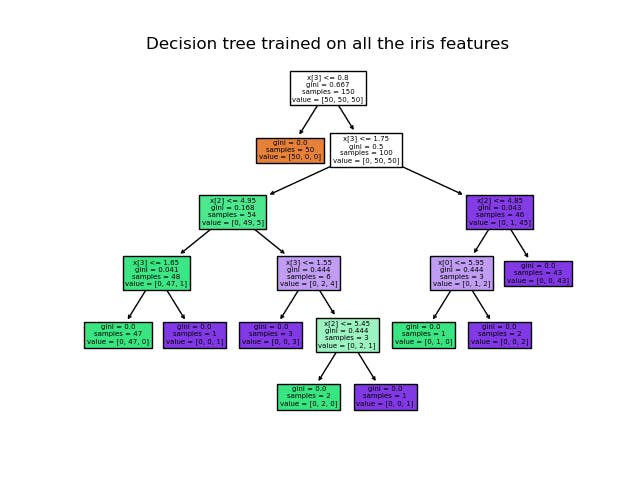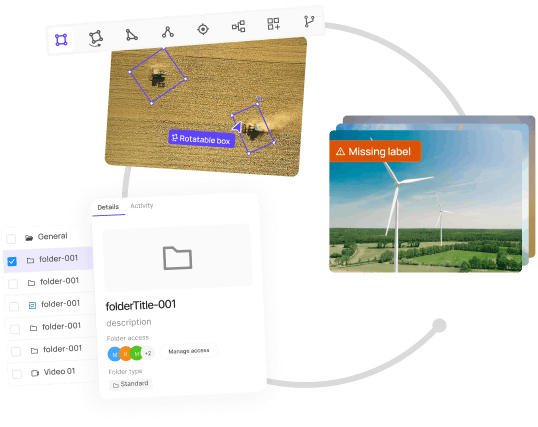Decision Tree
Encord Computer Vision Glossary
A decision tree is a diagram that shows how decisions are made. In order to make the optimal choice, it is used to weigh the pros and cons of several options. The branches of the decision tree represent many options that could result from each decision point or node.
The decision-maker is presented with a choice at the root node, where the process starts. The tree then branches out into other potential outcomes, each of which is represented by a child node. The tree might have a branch for "purchase a new automobile" and another branch for "buy a used car," for instance, if the choice is whether to buy a car.
As the tree progresses, the decision-maker must evaluate the pros and cons of each choice and decide which outcome is most desirable. The tree will continue to branch out until the decision-maker reaches a terminal node, or leaf, which represents the final decision.


Application of decision tree in computer vision
Decision trees are a popular machine learning technique that can be used in computer vision applications for various purposes. Here are some examples:
- Object detection: Decision trees can be used in object detection algorithms to determine whether a given image region contains an object of interest. For example, a decision tree can be trained to identify whether a particular region of an image contains a pedestrian or not.
- Image segmentation: Decision trees can also be used for image segmentation, where the goal is to partition an image into different regions corresponding to different objects or background. A decision tree can be used to classify each pixel of an image as belonging to one of several classes, such as object or background.
- Feature extraction: Decision trees can be used for feature extraction, where the goal is to identify the most relevant features of an image that can be used for further analysis. For example, a decision tree can be trained to identify the most important visual features of a face, such as the location of the eyes, nose, and mouth.
- Image classification: Decision trees can be used for image classification, where the goal is to assign a label to an image based on its content. A decision tree can be trained to classify images into different categories, such as different types of animals or objects.
Overall, decision trees can be used in computer vision applications for a variety of tasks, such as object detection, image segmentation, feature extraction, and image classification. They are often used in conjunction with other machine learning techniques, such as deep learning, to improve the accuracy and efficiency of computer vision algorithms.
Join the Encord Developers community to discuss the latest in computer vision, machine learning, and data-centric AI
Join the community